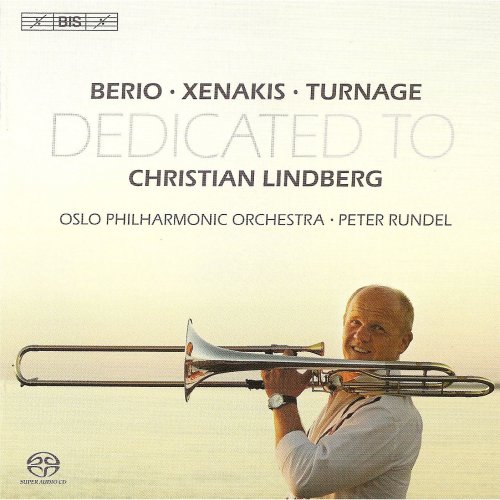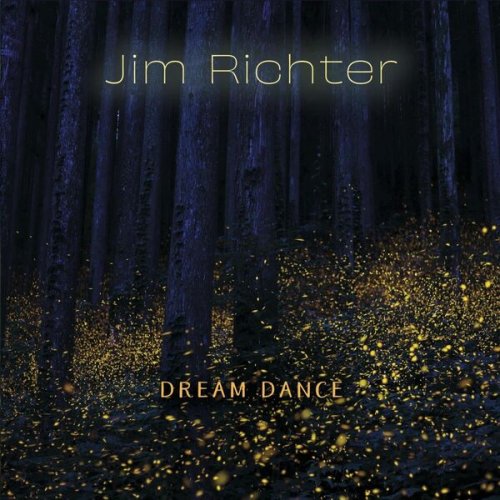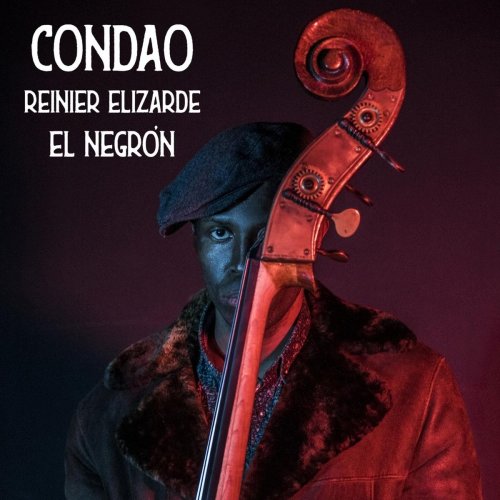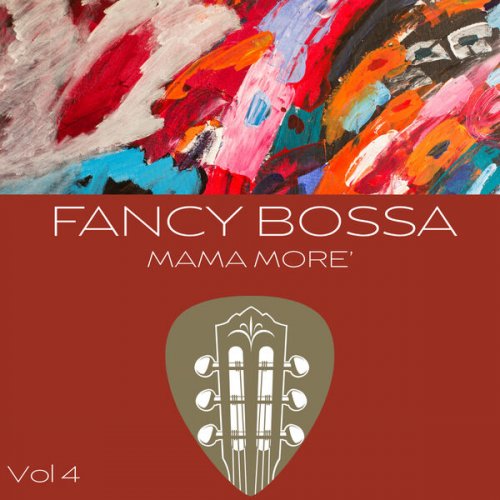Christian Lindberg - Berio, Xenakis, Turnage: Dedicated To Christian Lindberg (2007) Hi-Res

Artist: Christian Lindberg
Title: Berio, Xenakis, Turnage: Dedicated To Christian Lindberg
Year Of Release: 2007
Label: BIS
Genre: Classical
Quality: FLAC 24bit-44.1kHz / FLAC (tracks)
Total Time: 58:02
Total Size: 556 / 267 Mb
WebSite: Album Preview
Tracklist:Title: Berio, Xenakis, Turnage: Dedicated To Christian Lindberg
Year Of Release: 2007
Label: BIS
Genre: Classical
Quality: FLAC 24bit-44.1kHz / FLAC (tracks)
Total Time: 58:02
Total Size: 556 / 267 Mb
WebSite: Album Preview
Solo (Luciano Berio)
1. SOLO 20:42
Troorkh (Iannis Xenakis)
2. Troorkh 16:19
Yet Another Set To (Mark Anthony Turnage)
3. I. Cut Up 06:44
4. II. A Soothing Interlude 04:44
5. III. Another Set to 09:33
Performers:
Christian Lindberg
Oslo Philharmonic Orchestra
Peter Rundel, conductor
Trombone virtuoso Christian Lindberg has had over 80 concertos written for him. Lindberg admits that there are parts, sometimes large parts, of the three concertos recorded here that are virtually unplayable, but he has mastered them and offers no indication of stressful exertion; he and the Oslo Philharmonic, conducted by Peter Rundel, play with style and apparent ease. Berio's Solo for trombone and orchestra is the most traditionally modernist piece, with a spiky harmonic language and angular melodic contours. It's virtuosically impressive, but is not one of the composer's most substantial works. The Xenakis concerto Troorkh is the most striking piece on the CD. It demonstrates the composer's remarkable skills as an orchestrator, which allow him to draw such otherworldly sonorities from the orchestra that they sound like they could only have been produced electronically. The concerto keeps the trombone at the upper extreme of its register for mercilessly long stretches, set against massive, granitic blocks of orchestral sound, to a genuinely dramatic and awe-inspiring effect. Turnage's concerto Yet Another Set To is occasionally reminiscent of Bernstein, and it offers the audience the most hooks; its repetitions make certain gestures memorable, and the incorporation of skewed jazz licks gives listeners a sense of familiar territory. The sound quality of the SACD is excellent -- clean and spacious, with good balance between the soloist and orchestra.





![Coco Chatru Quartet - Lost Christmas (2025) [Hi-Res] Coco Chatru Quartet - Lost Christmas (2025) [Hi-Res]](https://www.dibpic.com/uploads/posts/2025-12/1765719561_coco-chatru-quartet-lost-christmas-2025.jpg)
![Chris Connor - Free Spirits (Remastered) (2025) [Hi-Res] Chris Connor - Free Spirits (Remastered) (2025) [Hi-Res]](https://www.dibpic.com/uploads/posts/2025-12/1765538301_ccfs500.jpg)

![Tomasz Stańko - Zamek mgieł (Polish Radio Sessions vol. 3/6) (2025) [Hi-Res] Tomasz Stańko - Zamek mgieł (Polish Radio Sessions vol. 3/6) (2025) [Hi-Res]](https://www.dibpic.com/uploads/posts/2025-12/1765795906_cover.jpg)